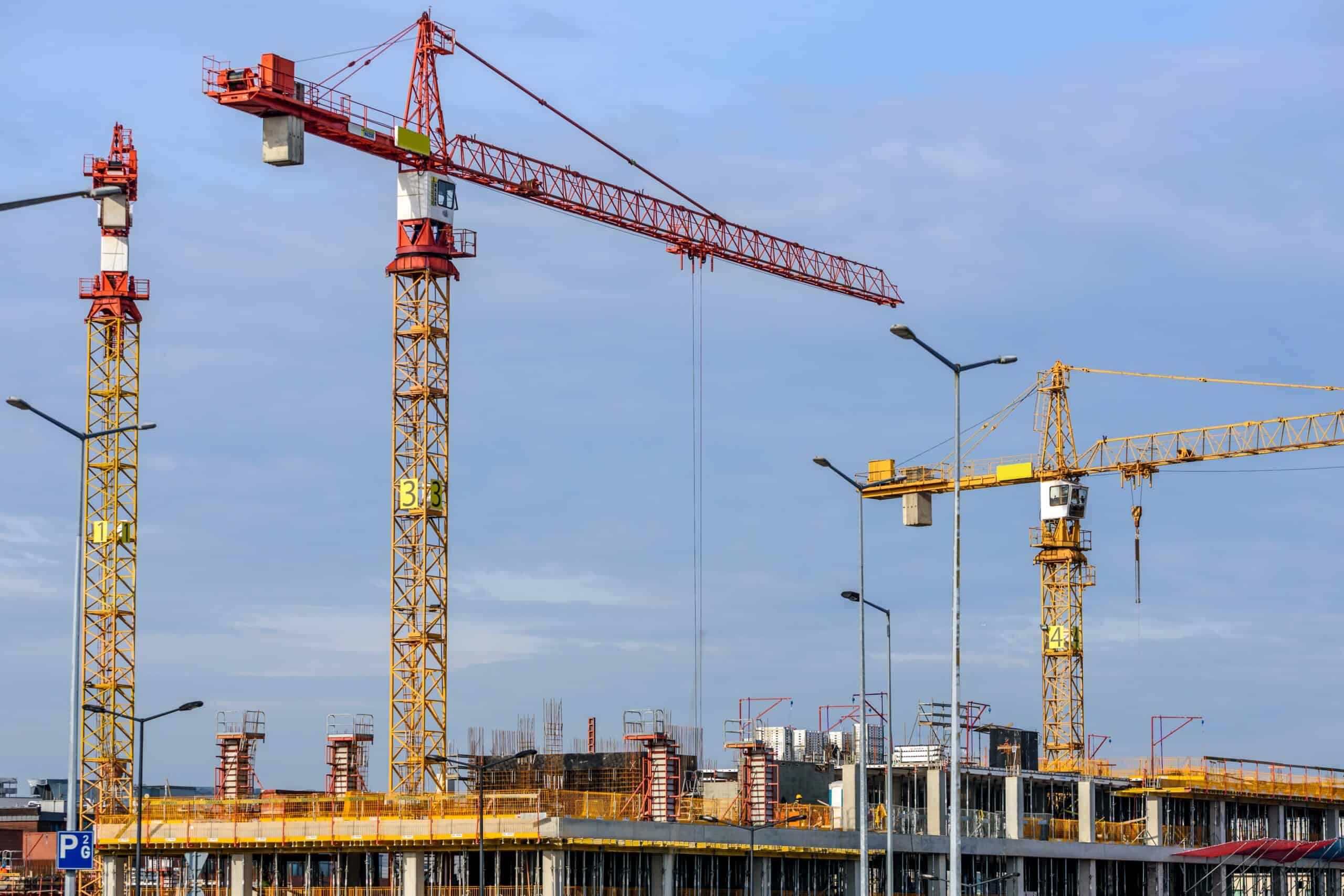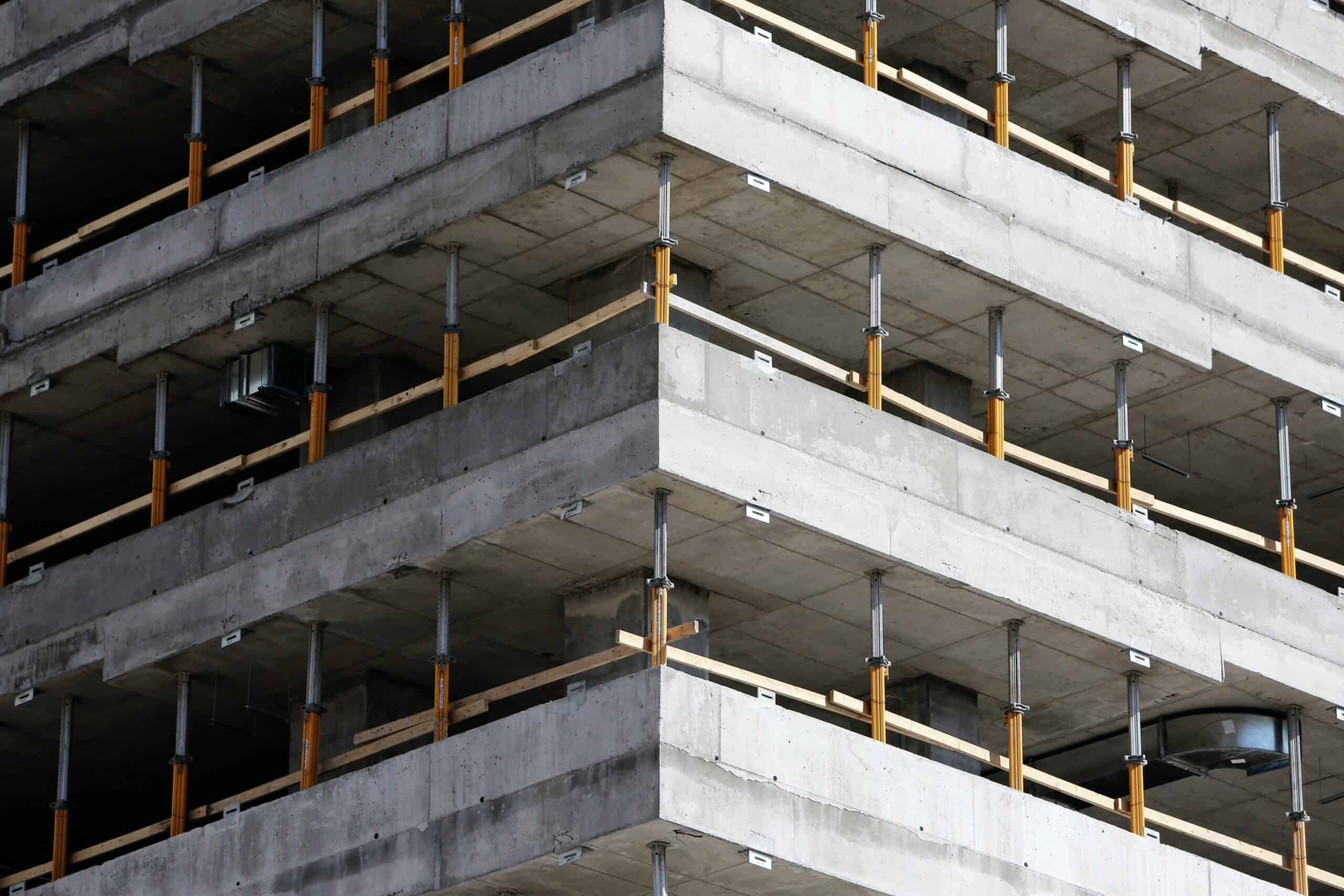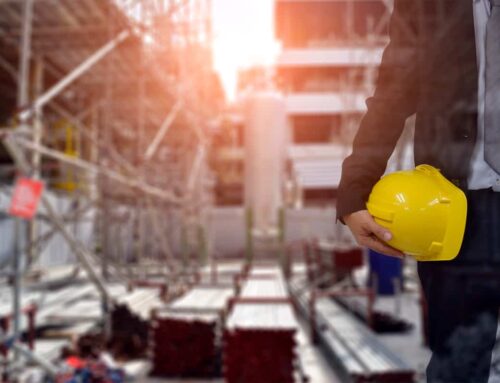In October 2022, a tragic accident occurred at a construction site to upgrade sewer services on Lee Avenue in Ruston, leading to the death of a construction worker. James Burch, 62, was working in a roughly 10-foot-deep excavation next to a lift station when the wall of the excavation unexpectedly collapsed on him.
Working in construction exposes employees to hazards on a daily basis. According to the US Bureau of Labor Statistics, in 2021 there were 31 fatal workplace injuries in Louisiana’s construction industry. How can employees stay safe on the job?
The Hidden Dangers of Trench Collapses: The Importance of Proper Shoring
Trench collapses pose a severe but often overlooked risk on construction sites. These accidents occur when the walls of a trench or excavation site cave in, potentially trapping workers. The primary method to prevent these accidents is proper shoring. Shoring involves using strong supports to prevent soil movement and cave-ins. Workers should be trained in recognizing potential signs of an unstable trench, such as water accumulation or cracking soil. Furthermore, regular inspections of excavation sites should be carried out, especially after events like heavy rain, which can weaken the soil.
Caught-in/Between Hazards: Staying Safe Around Heavy Machinery
Caught-in or between incidents are frequent hazards on construction sites, typically involving workers becoming trapped in or between heavy machinery or objects. These accidents can result in serious injuries and are often due to poor machine guarding, unsafe work practices, or lack of awareness. To prevent such accidents, it’s important for construction sites to strictly enforce safety standards. This includes making sure machinery is properly maintained and guarded to prevent accidental contact. Workers should also be adequately trained to operate heavy machinery safely. Safety protocols like designating hazard zones around machinery and using spotters for heavy equipment can also be beneficial. Prioritizing safety measures not only minimizes risks but also creates a healthier work environment.
Struck-by Accidents: Ensuring Safety in Active Work Zones
Struck-by incidents are a major concern in construction zones. These occur when a worker is hit by an object, vehicle, or piece of equipment. In many cases, these accidents are the result of falling, flying, swinging, or rolling objects. To lessen the risk, it’s crucial for construction sites to maintain organized and well-managed work zones. Tools and materials should be properly stored when not in use, particularly those used at heights, to prevent them from falling and causing injury. Additionally, high-visibility clothing can help workers stand out in busy areas. Workers should also receive training to stay alert in active work zones and be knowledgeable about the potential hazards. With proactive measures, struck-by accidents can be significantly reduced.
Electrocution on Construction Sites: Guidelines for Electrical Safety
Electrocution is a serious risk on construction sites and can occur from contact with power lines, improper use of equipment, or faulty wiring. It’s vital for safety measures to be in place to reduce these risks. First, construction sites should ensure all electrical systems and tools are properly maintained and regularly inspected. Additionally, only trained personnel should handle electrical equipment, and everyone should be made aware of the locations of power lines and electrical circuits. Lastly, using ground-fault circuit interrupters and insulation can also help prevent electrocution. By implementing these precautions, construction sites can ensure a safer environment for their workers, reducing the risk of electrocution incidents.
Scaffold Accidents: Effective Use and Maintenance
Scaffolding is essential in construction, but if misused or poorly maintained, it can lead to accidents. Missteps, falls, or structural failures are common issues associated with scaffolds. Proper use and regular maintenance are key to ensuring worker safety. Scaffolds should be set up on solid ground and fully planked with guardrails installed. Regular inspections should be conducted to check for defects, and any damages should be promptly repaired. Additionally, workers should be trained in safe scaffold use, including understanding load capacities to avoid overloading. Furthermore, workers should always use safety gear like harnesses while on scaffolds.
Hazardous Materials: Handling with Care on Construction Sites
Exposure to hazardous materials is a significant risk on construction sites. These substances can cause injuries or illnesses through contact, inhalation, or accidental ingestion. To manage this risk, proper handling and storage of these materials is crucial. Workers should be provided with suitable personal protective equipment like gloves, masks, or respirators. In addition, training on the correct procedures for handling hazardous materials, including understanding Safety Data Sheets (SDSs) and recognizing hazard symbols, is key. Storage areas should be well-ventilated and secure to prevent accidental spills or leaks.
Construction Noise and Vibration: Risks and Preventive Measures
Construction noise and vibration can lead to several health issues, including hearing loss, stress, and vibration syndrome. As such, these hazards should not be overlooked. Workers should be provided with personal protective equipment such as earplugs or earmuffs to guard against excessive noise. Furthermore, regular breaks should be enforced to reduce continuous exposure to noise and vibration. Using low-vibration tools and machinery can also lessen the risk. Employers should also consider conducting regular health screenings to detect early signs of health issues related to noise and vibration.
Heat Exhaustion and Dehydration: Avoiding Health Risks on the Job
Heat exhaustion and dehydration pose significant risks to construction workers, particularly in hot weather. Symptoms can range from fatigue and dizziness to more serious conditions like heat stroke. To combat this, employers should ensure adequate water supply and encourage regular hydration. Breaks should be scheduled more frequently when working in hot conditions, and shaded rest areas should be provided. Educating workers about the signs of heat exhaustion and dehydration is also crucial, allowing them to identify symptoms early and seek timely help. Additionally, adjusting work schedules to avoid the hottest part of the day can be beneficial.
Fires and Explosions: Promoting Safety through Adequate Precautions

Fires and explosions are among the most devastating accidents that can occur on construction sites. These incidents can result from mishandled flammable materials, improper disposal of waste, or faulty electrical systems. To prevent such accidents, it’s essential to store flammable materials safely and dispose of combustible waste promptly. Regular inspections of electrical systems can also identify potential fire hazards. Fire safety training should be provided to all workers, including the proper use of fire extinguishers and evacuation procedures. Construction sites should also ensure that they have an effective emergency response plan in place. By promoting safety through these precautions, construction sites can significantly decrease the risk of fires and explosions, ensuring a safer workplace for all.
Our experienced team is ready to guide you through your options, ensuring your interests are adequately represented and your rights are protected. Don’t hesitate to reach out or call 504-526-2222 for a free consultation.








